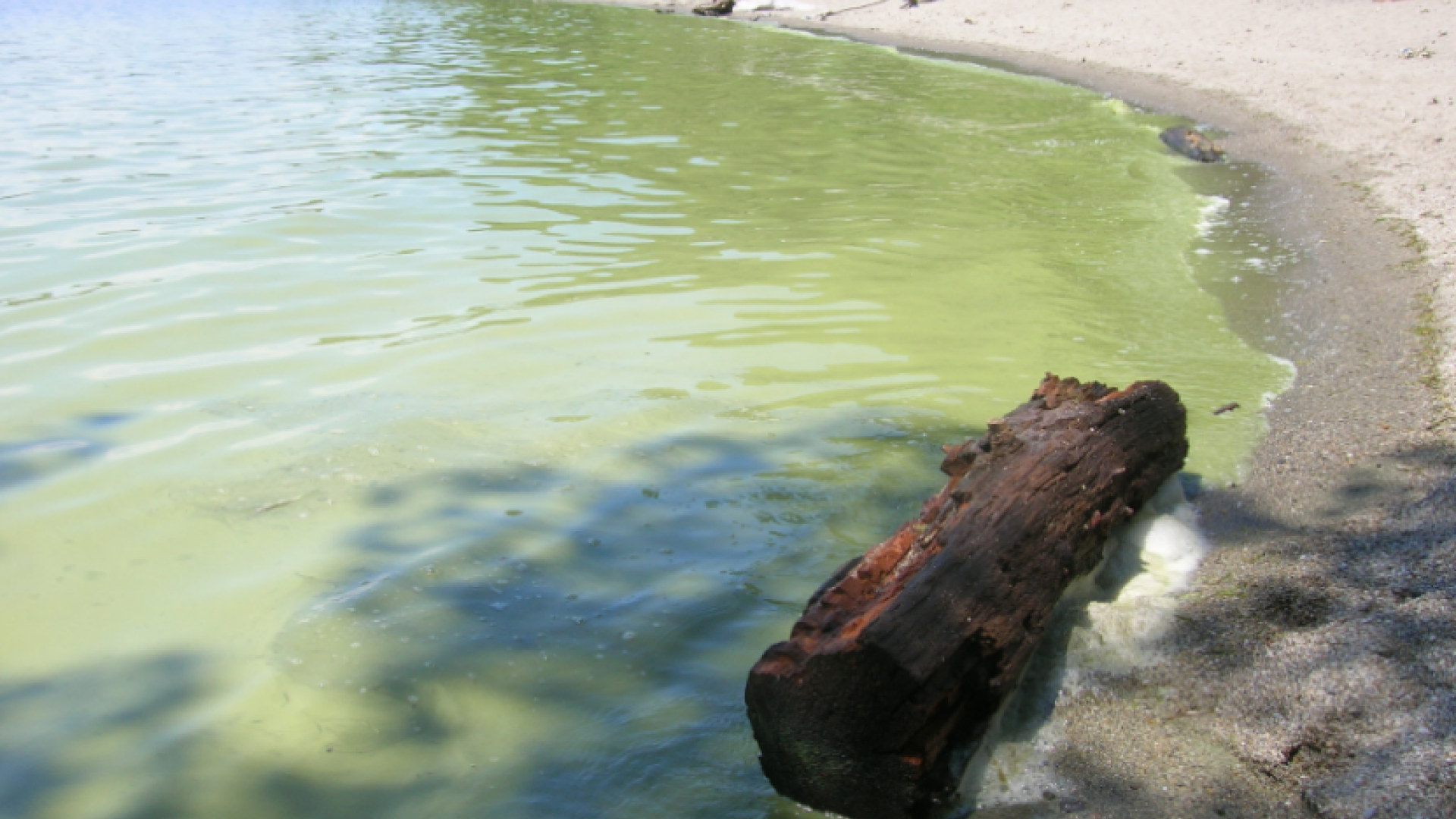
A Total Maximum Daily Load, or TMDL, is a pollution budget. In the case of Lake Champlain, the budget refers to a maximum amount of phosphorus, and establishes pollutant reduction targets needed to meet lake water quality goals. Too much phosphorus in many parts of Lake Champlain has been causing algae blooms and related problems for decades.
On June 17, the US Environmental Protection Agency issued phosphorus TMDLs for 12 Vermont segments of Lake Champlain, the 120-mile-long lake that separates Vermont and New York and stretches north into Quebec. The segments are areas to which Vermont sources discharge to the lake.

The EPA’s Region 1 office, together with several Vermont state agencies, began the process of updating the Vermont TMDLs five years ago. The process started with an update to a lake water quality model to take into account more recent lake and tributary monitoring data collected by the Lake Champlain Basin Program. EPA then set up and calibrated a second watershed model to better understand the relative magnitude and geography of phosphorus sources, including urban, agricultural and forested lands throughout the Lake Champlain basin.
The watershed model made use of a detailed critical source areas assessment of the Missisquoi Bay sub-basin, which was supported by the IJC.
The assessment provided resource agencies with a better understanding of the types and locations of areas they should target for improved land stewardship in order to significantly reduce phosphorus loads to Lake Champlain’s Missisquoi Bay.
The final TMDL modeling step was to create a scenario tool to simulate the effects of Best Management Practices, such as conservation tillage and riparian buffers, for phosphorus reduction throughout the watershed. These modeling tools helped identify the amount of phosphorus reduction needed from each source category (such as agriculture, developed land, and forests) within each lake segment watershed.
So why were TMDLs developed for the Vermont sources and not New York and Quebec sources too? New York TMDLs were completed in 2002, and these remain in effect – the modeling in support of the new Vermont TMDLs factors in the 2002 New York allocations.

Vermont’s TMDLs were updated due to a lawsuit that challenged the 2002 Vermont TMDLs but not the New York TMDLs. No TMDLs were developed for Quebec because the TMDL process is part of the U.S. Clean Water Act. However, Quebec’s phosphorus contributions to Missisquoi Bay were addressed via a 2002 Memorandum of Understanding between Quebec and Vermont. This agreement apportioned the Bay phosphorus reduction responsibilities among Quebec and Vermont sources, and the entities are working to update the agreement now that the TMDLs have been completed. About two thirds of the total phosphorus load to the lake comes from Vermont sources.
The new TMDL phosphorus reduction targets have teeth. They are supported by the 2015 passage of a landmark Vermont state law (Act 64) which significantly strengthens phosphorus reduction requirements for agricultural, stormwater, back roads, and forest sources.
The law is part of a comprehensive plan to cut phosphorus inputs to Lake Champlain over the next two decades.

Lake restoration is a slow process that requires sustained effort over many years, particularly for large lakes like Lake Champlain, but EPA and collaborating agencies are optimistic that the key ingredients are now in place to bring about gradual recovery of this special waterbody.
You can help to protect and restore Lake Champlain and its watershed. There are many ways for citizens of all ages to get involved. Visit the www.lcbp.org/get-involved/ to find out how. Visit the EPA’s Lake Champlain TMDL website to learn more about the TMDL and the Vermont implementation plan.





